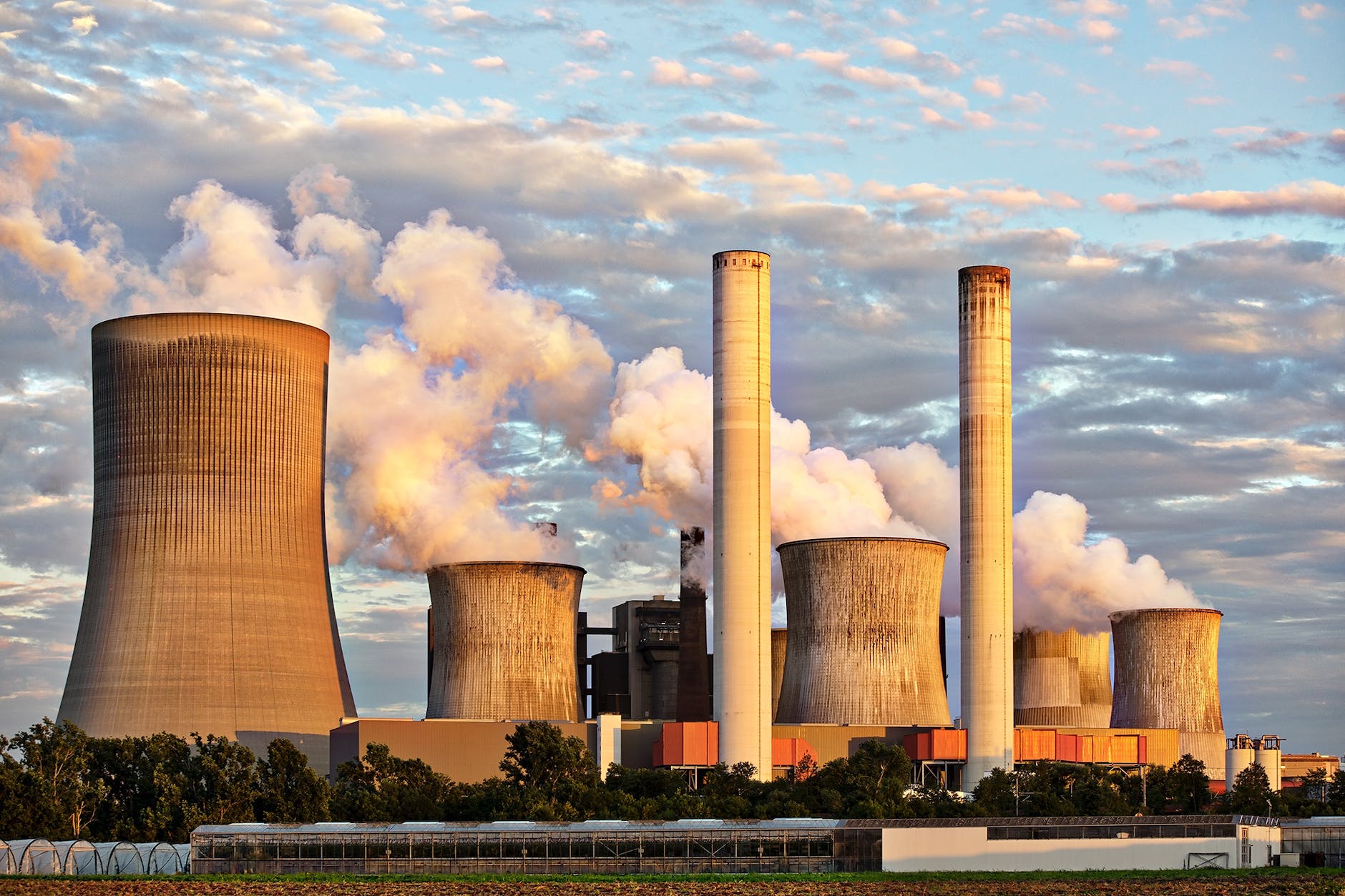
Importance of Safety in the Oil and Gas Industry
Introduction to Safety in the Oil and Gas Industry
Safety stands as the bedrock of the oil and gas industry, defining the essence of operations and the welfare of its workforce. The industry, inherently high-risk, necessitates stringent safety measures to mitigate potential hazards and safeguard personnel, facilities, and the environment.
The Evolution of Safety Standards
Over time, the industry has witnessed a remarkable evolution in safety standards. From initial rudimentary safety practices to today’s robust protocols, there has been a significant transformation marked by milestones and continual improvements.
Key Components of Safety Protocols
Central to ensuring safety are various components like Personal Protective Equipment (PPE), comprehensive risk assessment, and meticulous emergency response planning. These elements collectively fortify the industry’s resilience against potential threats.
Human Factors in Safety
While technology plays a pivotal role, the human element cannot be overlooked. Proper training, ongoing education, and fostering a safety-conscious culture within organizations are imperative to ensure compliance and adherence to safety protocols.
Challenges in Maintaining Safety
The industry grapples with challenges like addressing hazards in remote and harsh environments while balancing production demands with stringent safety protocols. Finding equilibrium remains a perpetual challenge.
Regulatory Framework and Compliance
Stringent regulations enforced by governing bodies serve as guiding principles for safety practices. Compliance with these regulations is not just a requirement but a responsibility integral to industry operations.
Case Studies Highlighting Safety Success Stories
Numerous companies have excelled in implementing effective safety measures. Learning from both success stories and incidents is crucial in fortifying safety strategies.
Measuring and Improving Safety Performance
Key performance indicators (KPIs) serve as benchmarks for assessing safety performance. Constant evaluation and the pursuit of continuous improvement are pivotal in the pursuit of excellence in safety.
The Economic and Social Impact of Safety
Investments in safety yield substantial returns, not just economically but also socially. A safer industry has far-reaching positive impacts on communities, stakeholders, and the environment.
Safety in the oil and gas industry is paramount for several reasons. First and foremost, the nature of the work in this industry involves high-risk activities such as drilling, extraction, transportation, and processing of flammable substances like oil and gas. Ensuring safety protocols are in place is crucial to prevent accidents that can result in severe injuries, loss of life, and environmental disasters.The complexity of operations in the oil and gas sector demands stringent safety measures. Workers are exposed to various hazards, including exposure to toxic substances, high-pressure equipment, fires, explosions, and machinery risks. Implementing robust safety protocols, providing adequate training, and enforcing strict compliance with safety regulations are vital to safeguarding the well-being of workers.Moreover, ensuring safety in the oil and gas industry is essential for protecting the environment. Accidental oil spills or gas leaks can lead to severe environmental damage, polluting water bodies, harming wildlife, and impacting ecosystems for extended periods. This can have far-reaching consequences on both the environment and communities surrounding these operations.Additionally, maintaining a strong safety culture in the industry helps in preserving the reputation of companies. Accidents can result in legal ramifications, financial losses, damage to company reputation, and loss of investor confidence. By prioritizing safety, companies demonstrate their commitment to responsible operations, which can enhance trust among stakeholders.Overall, the importance of safety in the oil and gas industry cannot be overstated. It not only ensures the protection of workers' lives and the environment but also contributes to the long-term sustainability and success of the industry as a whole.Future Trends in Safety Innovations
The future promises advancements in safety technologies and methodologies. Predictive innovations and shifts in strategies are anticipated, signifying a proactive approach to industry safety.
Conclusion
The importance of safety in the oil and gas industry cannot be overstated. It serves as the cornerstone of sustainable operations, emphasizing the need for a collective commitment to safety at all levels.
OSHA Standards for Oil and Gas Industry
General Safety in the Oil and Gas Industry
FAQs on Safety in the Oil and Gas Industry
- Why is safety crucial in the oil and gas sector? Safety ensures the protection of personnel, facilities, and the environment while fostering sustainable operations.
- How do technological advancements contribute to safety? Technologies like automation and IoT enhance risk reduction and facilitate predictive maintenance, minimizing potential hazards.
- What role does compliance play in safety practices? Compliance with stringent regulations is fundamental in ensuring adherence to safety protocols.
- What are the challenges faced in maintaining safety in the industry? Addressing hazards in remote areas and balancing safety with production demands pose significant challenges.
- How does safety impact the industry economically and socially? Investments in safety not only yield economic benefits but also positively impact communities and stakeholders.
























